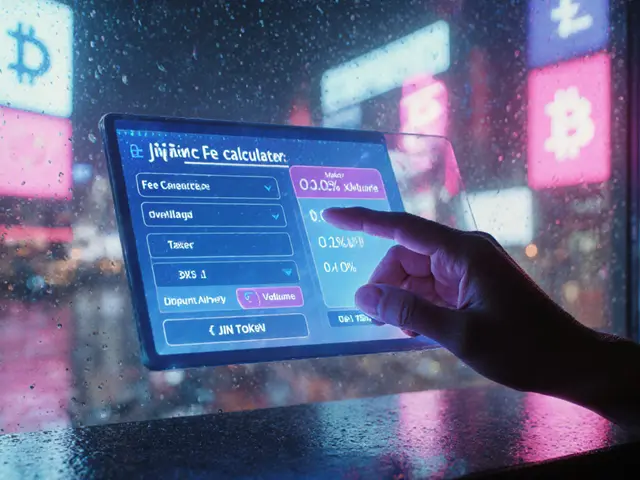
Harmony blockchain: fast, low‑fee, cross‑chain DeFi hub
When working with Harmony blockchain, a layer‑1 protocol that uses sharding to deliver high throughput and cheap transactions. Also known as Harmony, it powers a growing ecosystem of decentralized finance, NFTs, and gaming apps. Harmony blockchain serves as the backbone for many of the topics covered in this collection.
One of the biggest draws is its support for DeFi, decentralized finance services that let users lend, borrow, and trade without intermediaries. Harmony’s high‑speed consensus lets DeFi protocols execute trades in seconds, keeping fees low enough for everyday users. This speed also makes the network a favorite for Airdrop, token distribution events that reward community members for holding or using a blockchain. Because Harmony can process many transactions at once, airdrop campaigns can reach thousands of participants without bottlenecks.
Understanding the Tokenomics, the economic model behind a blockchain’s native token, is crucial for anyone looking to invest or participate in projects on Harmony. The network’s native token, ONE, is designed for staking, governance, and paying transaction fees. Its inflation schedule, reward rates, and supply caps shape the incentives for validators and token holders alike. A solid grasp of tokenomics lets you evaluate whether a new project’s token distribution is sustainable or overly speculative.
All of this runs on Smart contracts, self‑executing code that runs on a blockchain, enabling everything from simple token transfers to complex financial products. Harmony is EVM‑compatible, meaning developers can write contracts in Solidity and deploy them just like on Ethereum, but benefit from faster finality and lower gas costs. This compatibility lowers the barrier for DeFi developers and makes it easier to port successful projects onto Harmony.
These four pillars—speedy layer‑1 architecture, DeFi friendliness, tokenomics clarity, and robust smart contract support—create a tight web of relationships. For example, the high throughput (subject) enables low‑fee DeFi applications (predicate) which in turn attract larger airdrop participation (object). Likewise, clear tokenomics (subject) boosts staking incentives (predicate), feeding stronger validator networks (object) that keep the blockchain secure.
Below you’ll find a curated set of articles that dive deeper into each of these areas. We’ve covered practical guides on claiming airdrops, detailed breakdowns of tokenomics for emerging projects, step‑by‑step tutorials on building DeFi apps on Harmony, and analysis of smart contract security best practices. Whether you’re a beginner curious about how Harmony’s sharding works, an investor weighing token allocation, or a developer ready to launch the next DeFi protocol, the posts ahead provide the insights you need.
Take a look at the collection and see how each piece fits into the broader Harmony ecosystem. The next articles will give you actionable tips, real‑world examples, and the technical depth to make the most of this fast‑growing blockchain.




